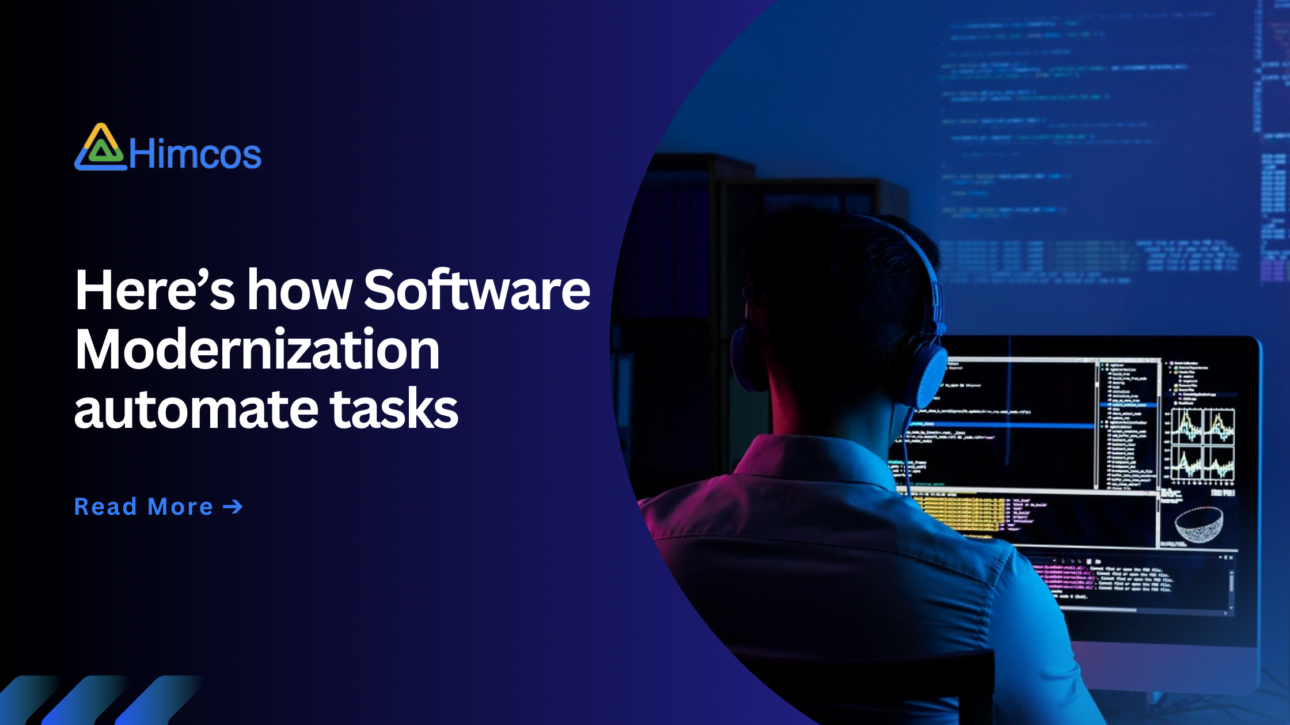Health tracking apps are redefining how healthcare is managed, offering transformative benefits for both patients and healthcare providers. For owner-led businesses, especially in healthcare settings, these apps enhance patient care by providing real-time monitoring of vital signs, improving engagement and streamlining data management. These digital tools enable continuous tracking of health metrics such as heart…

Electronic Health Record (EHR) software is a digital tool designed to manage patient health information with enhanced efficiency and security. Unlike traditional paper-based systems, Electronic Health Record centralise patient data—such as medical history, diagnoses, treatment plans and lab results—into a unified digital format that is easily accessible to authorised healthcare providers.
This centralization not only…

Software Modernization is not just a luxury but a necessity for businesses striving to remain competitive and agile. The process involves updating legacy applications to new computing paradigms, architectures and technologies to improve performance, enhance user experience and reduce operational costs. Among the various approaches to app modernization, five primary Software modernization strategies stand out:…

Traditional on premise legacy systems are limited in their versatility and utilisation. This is due to their inflexibility, lack of scalability and high maintenance costs. These factors hinder legacy systems from keeping up with their modern variants and hinder down business operations. Having such outdated software is detrimental for any business that is seeking to…

Businesses must continuously adapt to latest technologies and latest versions to stay competitive. One of the most effective ways to achieve this is through app modernization, which involves updating and transforming legacy applications to align with current business needs, technological advancements and user expectations. Choosing the right software modernization partner is critical to the success…

Software modernization means upgrading older or outdated software systems to be able to fit current needs, trends in technology and market demands. The changeover of old systems involves code changes, redesign of applications and sometimes even migration to newer platforms or cloud services. The whole idea is to make the software operate smoother, easier to…

